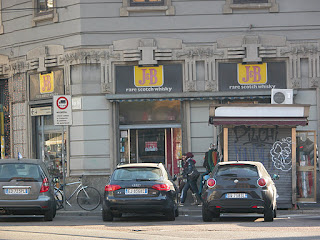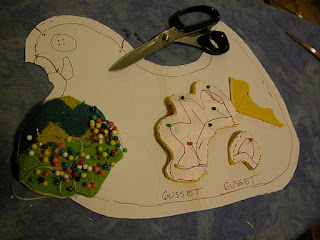On Friday, the 9th of September, 2011, the "Free Italia Wi-Fi" project--aiming to offer free Wi-Fi throughout Italy, thanks to the collaboration of local levels of government--was launched.
For the moment, few communities are involved, but yours just might be one of them.
Since the project's goal is to get more ITALIANS to use the internet (according to the article on p. 27 of Saturday's paper, "Repubblica," only about 50% of us do), the site is just in Italian...at least for now, but the address and password columns should be pretty obvious:
http://www.freeitaliawifi.it/drupal7/per-il-cittadinoI'd be worried about protecting my computer from intrusions, but you can decide for yourself...on this momentous day, the 11th of September, 2011.
Story Corps aims to record a story, and make a respectful animated short out of it, for each of the lives lost on this day, ten years ago:
http://storycorps.org/animation/she-was-the-one/.
Let's remember and grieve together for all that we have lost.
 Racing to the end of 2011, just about an hour left....More...
Racing to the end of 2011, just about an hour left....More...












































